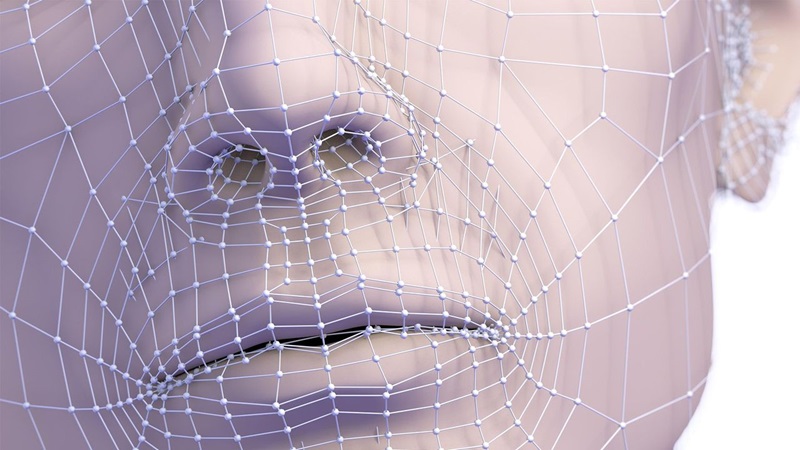Looksmaxxing is a social media phenomenon that has gained traction in recent years, especially on platforms like Instagram and YouTube. It involves individuals, primarily men, who are dedicated to improving their physical appearance through various cosmetic procedures, grooming techniques, and fitness routines. From hair transplants and jawline surgeries to skincare regimens and weightlifting programs, looksmaxxers spare no expense in their quest for an idealized version of themselves.
They often document their transformation journeys online, sharing before-and-after photos, tips, and product recommendations with their followers. The looksmaxxing community has created a supportive and competitive environment where individuals can seek validation, motivation, and inspiration from like-minded peers. However, critics argue that looksmaxxing perpetuates unrealistic beauty standards and promotes vanity and superficiality. Despite the controversy surrounding looksmaxxing, it continues to thrive as an increasingly popular trend in the world of social media. As more people become obsessed with perfecting their appearance, the looksmaxxing community shows no signs of slowing down.

Understanding Looksmaxxing: The Quest for Perfection
Looksmaxxing is a term that has gained popularity in recent years, especially within certain online communities. It refers to the practice of making physical improvements to one’s appearance in order to reach a perceived ideal of beauty or attractiveness. This quest for perfection often involves a variety of methods, including cosmetic surgery, hair treatments, skincare routines, and even changes in fashion and grooming habits. Looksmaxxing is driven by the belief that one’s appearance plays a significant role in how they are perceived by others and can impact their success in various aspects of life, such as relationships, career, and social interactions.
While some may view looksmaxxing as vain or superficial, for many individuals it is a way to boost their self-confidence and improve their overall quality of life. However, it is important to recognize that looksmaxxing can also have negative consequences, such as fueling unrealistic expectations or promoting harmful beauty standards. Ultimately, the decision to engage in looksmaxxing is a personal one and should be approached with caution and mindfulness. It is essential to remember that true beauty comes from within and that self-acceptance and self-love are key components of a healthy and fulfilling life. Looksmaxxing may offer temporary satisfaction, but it is important to prioritize inner growth and personal development in the pursuit of true happiness and fulfillment.

The Rise of Cosmetic Enhancements on Social Media
In recent years, there has been a noticeable increase in the popularity of cosmetic enhancements among individuals active on social media platforms. With the rise of influencers and celebrities showcasing their flawless appearances online, many individuals have become more interested in achieving similar results through various cosmetic procedures. Platforms like Instagram and TikTok have provided a space for individuals to share their before-and-after transformations, leading to a culture of comparison and aspiration.
This trend has also been fueled by the accessibility of information about different procedures and the growing acceptance of cosmetic enhancements in society. As a result, more people are seeking out treatments such as Botox, fillers, and plastic surgery to enhance their physical features and boost their self-confidence. While some may argue that this trend promotes unrealistic beauty standards and perpetuates a culture of vanity, others see it as a form of self-expression and empowerment.
Ultimately, the rise of cosmetic enhancements on social media reflects a shift in societal attitudes towards beauty and self-care, as individuals increasingly turn to these procedures as a means of enhancing their appearance and achieving their desired aesthetic goals. Whether it is through subtle enhancements or more dramatic transformations, the influence of social media on the popularity of cosmetic procedures is undeniable.
Psychological Impact of Looksmaxxing
Looksmaxxing, the practice of using various means to enhance one’s physical appearance, can have a significant psychological impact on individuals who engage in it. While some may argue that looksmaxxing is simply a form of self-improvement, others believe that it can lead to unhealthy obsession with one’s appearance and self-esteem issues. Those who partake in looksmaxxing may experience heightened feelings of self-consciousness and insecurity, as they constantly seek validation and approval from others based on their looks.
This can create a cycle of never feeling good enough and constantly striving for perfection. Additionally, looksmaxxing can also lead to comparison with others, jealousy, and feelings of inadequacy when individuals perceive themselves as falling short in terms of physical attractiveness. In extreme cases, looksmaxxing can even result in body dysmorphia, a mental health disorder characterized by obsessive preoccupation with perceived flaws in one’s appearance.
It is important for individuals engaging in looksmaxxing to be aware of the potential psychological consequences and to seek professional help if they begin to experience negative emotions or distorted beliefs about their appearance. Ultimately, while looksmaxxing may seem like a harmless practice on the surface, it is crucial to consider the deeper psychological impact it can have on individuals and to approach it with caution and self-awareness.

Ethical Concerns and Controversies
Ethical concerns and controversies arise when individuals and organizations are faced with difficult decisions that challenge their moral principles and values. These issues often involve conflicting interests, beliefs, and values, leading to debates and disagreements among different stakeholders. For example, debates about the use of artificial intelligence in decision-making processes raise concerns about fairness, accountability, and transparency. Similarly, controversies surrounding the use of genetic engineering in agriculture and medicine raise questions about the ethical implications of manipulating the genetic makeup of living organisms.
In the realm of business, ethical concerns often revolve around issues such as corporate social responsibility, environmental sustainability, and fair labor practices. The use of sweatshop labor in developing countries, for instance, raises ethical concerns about the exploitation of workers and the responsibility of companies to ensure fair wages and working conditions. In the field of healthcare, ethical controversies often center around issues such as euthanasia, abortion, and the allocation of scarce medical resources.
These debates highlight the complexity of ethical decision-making and the need to balance competing interests and values in a fair and just manner. Ultimately, ethical concerns and controversies force individuals and organizations to confront difficult questions about what is right and wrong, and to consider the consequences of their actions on themselves and others.
Navigating the Looksmaxxing Culture
Navigating the looksmaxxing culture can be a challenging and often overwhelming experience for many individuals. Looksmaxxing is a subculture that focuses on maximizing one’s physical appearance through various means such as cosmetic procedures, fashion choices, and fitness routines. While some may view looksmaxxing as a way to boost self-confidence and improve personal aesthetics, others may feel pressured to conform to societal beauty standards and may struggle with body image issues.
It is important for individuals to approach looksmaxxing with caution and to prioritize their mental and emotional well-being above all else. Seeking professional guidance and support from therapists or counselors can help individuals navigate the looksmaxxing culture in a healthy and sustainable way. Additionally, it is important to remember that true beauty comes from within and that physical appearance should not be the sole measure of one’s worth or value. By fostering self-acceptance and practicing self-care, individuals can navigate the looksmaxxing culture with confidence and authenticity. Ultimately, the key is to find a balance between enhancing one’s physical appearance and maintaining a positive sense of self-esteem and self-worth.
